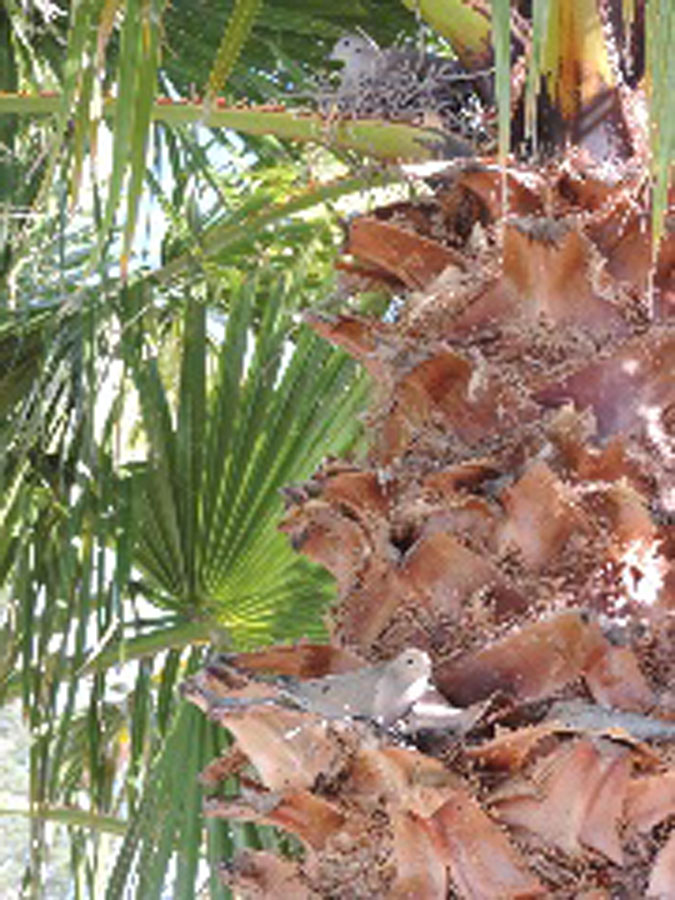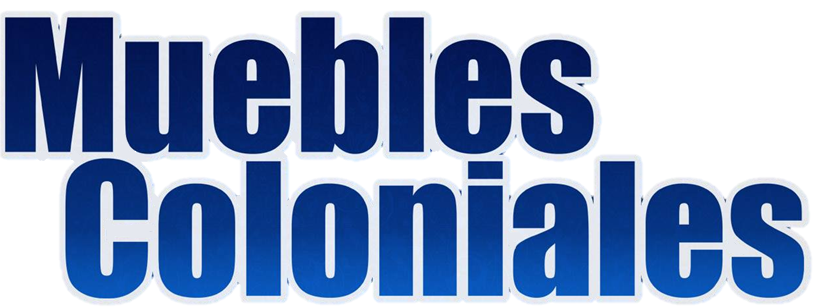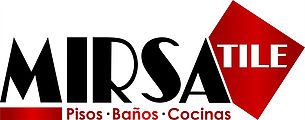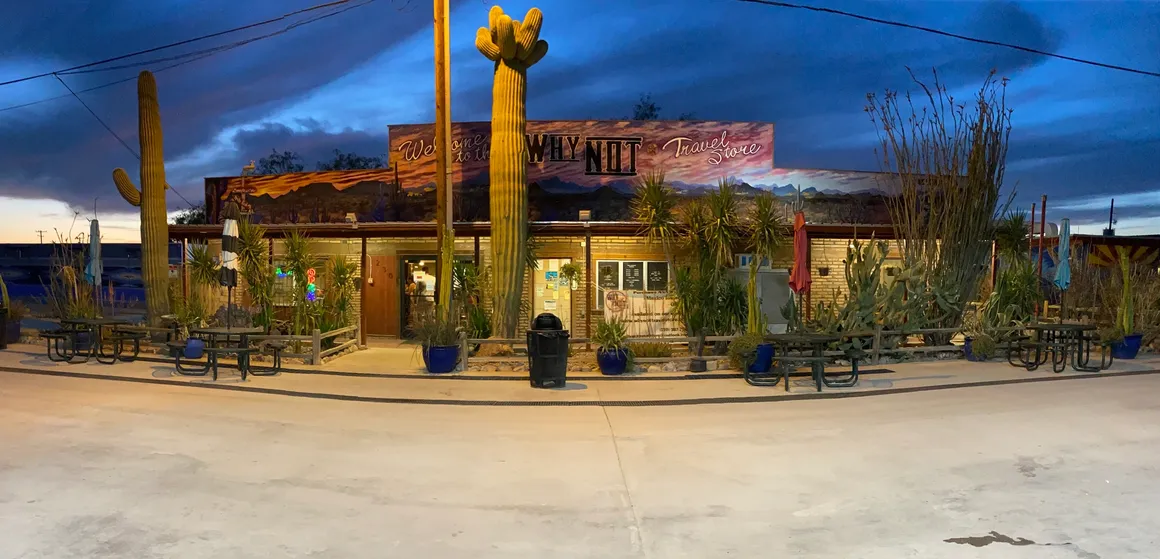There is probably a no more intently debated topic than the assassination of President John F. Kennedy 50, years ago.
The theories of the motivations behind his death run the gamut from a mob ordered hit, to a government sanctioned killing, to a Soviet inspired conspiracy, to the “lone nut” hypothesis. Pick your favorite argument; one’s as good as another.
Still, after a half-century, new postulations have been tossed into the mix – Secret Service involvement.
President Kennedy’s nephew, Robert F. Kennedy Jr., doesn’t believe Lee Harvey Oswald acted alone in shooting the president and that the Warren Commission was more interested in covering-up the real facts of the case than conducting an unbiased investigation into the incident.
Kennedy Jr. said his father, then Attorney General Robert Kennedy – who was promoting a series of investigations into Mafia leaders and organized labor activities – was of the opinion the assassination was a combination of efforts between the mob and rogue CIA agents. During Kennedy’s tenure as Attorney General, convictions against crime members rose 800 percent and the mutual dislike between Teamster’s Union President Jimmy Hoffa and Kennedy was well documented.
Also, as Attorney General, Kennedy ordered the CIA to halt any planned assassination attempts against Cuba’s Fidel Castro. It had been reported the CIA, with the cooperation of certain mobsters, were involved in plans to kill Castro because of Castro’s dual threat: the acceptance of Russian assistance and military hardware and the closing of mob gambling casinos. A Mafia shooting of Castro, as payback for Castro’s shuttering of Havana casinos would have the intended benefit of eliminating the new dictator as well as drawing attention away from CIA involvement in the matter.
Telephone records of Oswald and Jack Ruby, who shot and killed Oswald in a Dallas police station a couple of days after the assassination, indicated a list of prominent gang leaders the government had under surveillance. Ruby was convicted of the murder of Oswald but appealed the conviction and, while awaiting a new trial, suddenly died of lung cancer in January, 1967. As a result, the two prominent suspects in the case were now also dead.
When asked why Attorney General Robert Kennedy did not agree with the Warren Commission findings but apparently accepted them anyway, Kennedy Jr. replied “He publicly supported the Warren Commission report but privately he was dismissive of it” because, among other things, he didn’t want to distract from the civil rights movement he was involved in.
Perhaps one of the reasons Kennedy was skeptical of the Warren report was the insistence that a single-bullet or “Magic Bullet” as it became known, was responsible for the fatal wounding of the President, as well as injuring Texas Governor John Connelly. Exhibit 399 in the Warren report indicated that all seven entry/exit wounds sustained by both the President and governor were the result of a single projectile, fired from the same rifle Oswald used.
The bullet was later recovered in near mint condition on a gurney in Parkland Memorial Hospital in Dallas. Considering the fact the bullet traveled through fifteen inches of body tissue and bone, the President’s neck, neck tie knot, and the governor’s chest, wrist, thigh and over a dozen layers of clothing and then emerge in virtually pristine shape stretches credibility of the report.
A year and a half after Ruby’s death, Robert Kennedy, now U.S. Senator from New York, was a Democratic Party candidate for president. Following a campaign speech at the Ambassador Hotel in Los Angeles, Kennedy ignored his security detail’s advice against exiting the hotel through the kitchen and was shot and killed by Sirhan Sirhan, a Palestinian, who felt betrayed by Kennedy’s support of Israel during the June 1967 War, exactly one year earlier. Kennedy died shortly after midnight on June 6, 1968.
Now, “JFK: The Smoking Gun” is a new documentary on the shooting of President Kennedy. Based upon the research of Colin McLaren, a retired Australian police detective who spent more than four years researching the assassination, and Bonarr Menninger, author of “Mortal Error: The Shot That Killed JFK”, the docudrama suggest that one of the bullets which may have ultimately killed Kennedy was fired by a Secret Service agent assigned to the President’s motorcade.
According to the documentary, Secret Service Agent George Hickey was attempting to return fire in the direction of the gunshot noise from Oswald’s first shot from his shooting position in the Texas School Book Depository. Oswald missed, but in the process, the President’s limo lurched forward in an evasive maneuver just as Hickey fired from his service rifle, accidently striking the President in the neck.
About a second later, a third shot, presumably from Oswald, shattered part of the President’s head and splattered his brain matter over Governor Connelly’s back and shoulders. Connelly was riding in the front seat of the car, directly ahead of the President, and thought for a moment that he had been shot instead of the President because of the presence of so much blood and tissue. Connelly, of course, was also wounded during the shooting. The Governor later told the Warren Commission: “I immediately, when I was hit, I said ‘Oh, no, no, no.’ And then I said, ‘My God, they are going to kill us all.”
Another disputed claim of the assassination is the actual number and sequence of shots fired. Of 178 witnesses’ testimony compiled by the House Select Committee on Assassinations, 132 said they only heard three shots, 17 said two, 7 reported two or three, 6 people thought they heard four shots, and 9 were not sure how many shots they heard. 7 others thought they heard 1, 5, 6 or 8 shots.
After examining the Zapruder film, the only known filmed recording of the assassination event, the FBI determined that Oswald could not have accurately fired three rounds at a moving target from his bolt action rifle in the 2.3 second time period indicated by the film. Consequently, they concluded there had to have been a second shooter.
Yet, the Warren Commission eventually settled on the controversial single-bullet theory as being responsible for the killing of the President and wounding of the governor. Moreover, the commission also determined that all the shots originated “from the sixth floor window of the Texas School Depository,” Oswald’s presumed shooting location.
So, now the McLaren/Menninger report has added a new twist in the case: If Oswald was capable of only getting off two shots in the recorded time, and then was Secret Service Agent Hickey responsible for the third?
Previously, Agent Hickey denied that he had fired his AR-15 service rifle. After an unsuccessful lawsuit against Menninger’s “Mortal Error” book, Hickey continued to dispute the claims made about him. He died in 2011 with the taint of his involvement in the assassination still lingering.
Incidentally, probably just about everyone still living remembers where they were on Friday afternoon, November 22, 1963 when the President was assassinated. I do. I was a Junior student at Safford High, waiting to board a team bus for the season ending football game in Coolidge. Our game was only one of a very few played in the state that night. Most of the remaining games were cancelled.
Safford won the contest and concluded the season with a 7-2-1 winning record, but the ride home was long and quiet.
Safford’s head football coach, Joel Favara, a Catholic, seemed unusually serene that evening. He had a right to be. John Kennedy remains the United States’ first and only Catholic President.



























